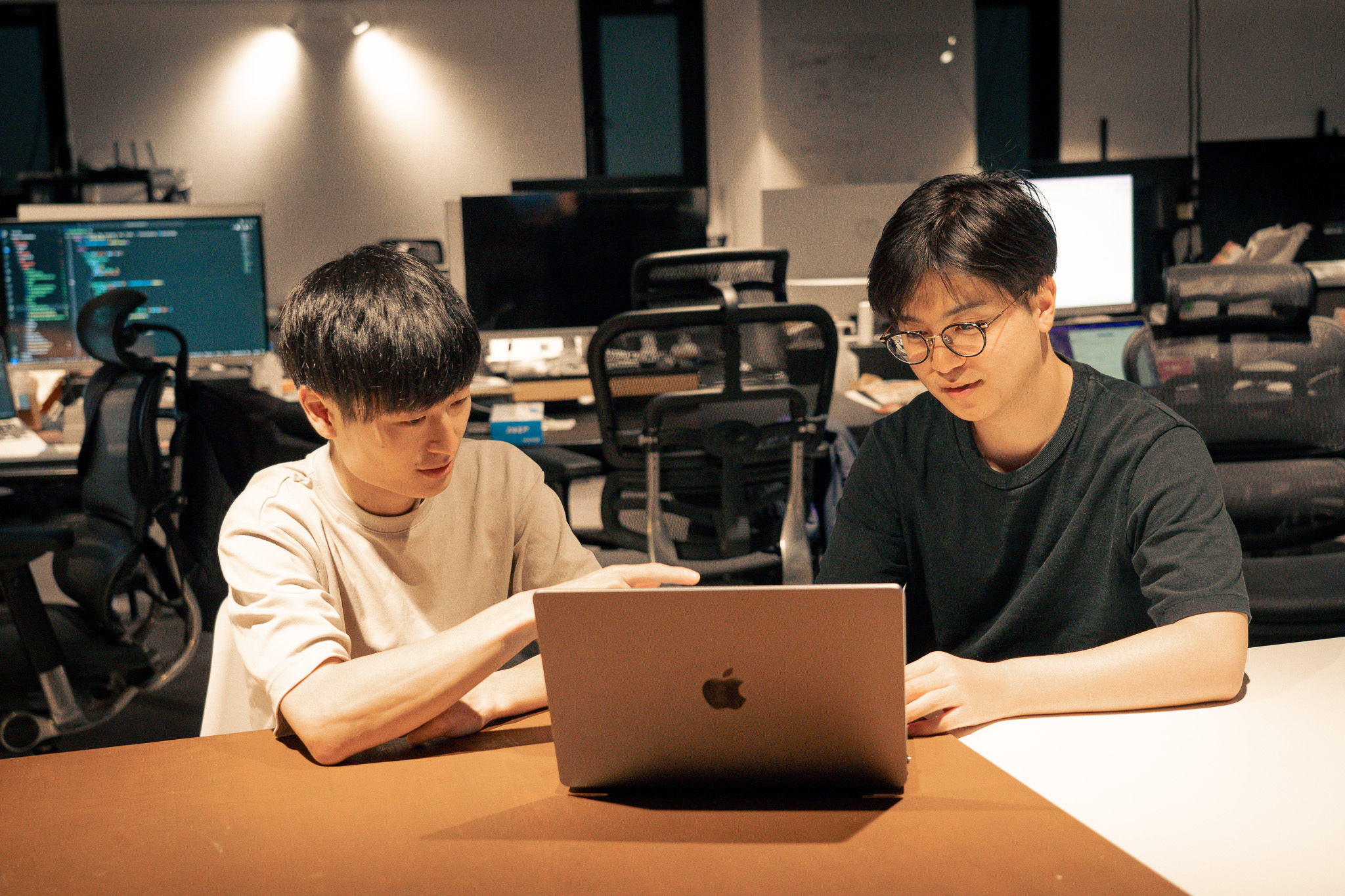
From No-Code to Low-Code: Letter from the Development Team

We have been gradually rolling out Morph Beta 2, the next generation version of Morph, to select users since the second week of May.
Today, I would like to discuss some of the changes we have made in Morph Beta 2.
Morph v1.0 Concepts and Issues
We made the v1.0 release in December 2023. The concept was “an AI-powered no-code data tool,” with a particular focus on the ability to perform data processing with generated AI through prompts.
This version allowed for the following experiences
- Visualize data through prompts like “Aggregate customers by status and create a bar chart.”
- Aggregate data through prompts like “Flag records for users who signed up before December 31, 2023 with the flag
is2023”
Even users with no programming knowledge can handle complex data by manipulating these on a canvas.
However, combining AI and no-code had the following issues.
AI-generated processing is sometimes wrong
In other words, users could feel poor AI accuracy, which lead to a lack of trust in results.
We saw two major options for improving this experience.
- Work steadily to improve accuracy
- Make it possible to modify and give feedback on what the AI generates.
While it is important to do our best to improve AI generation results, it is difficult to achieve 100% accuracy in any case.
So, the latter was realistic for us, but...
It's hard to modify AI-generated results
In Morph v1.0, data processing and data visualization were generated through prompts, so modifying generated results requires editing the prompt.
This was fine for minor additions or changes, but if there were errors in the logic of the processing or if the data type (numeric, string, etc.) needed to be changed, the instructions became complicated and rather difficult to follow in human language.
From No-Code to Low-Code

Aiming for greater flexibility to be a “usable” solution
Through Morph v1.0, we have learned that to make the solution usable in actual data operations, it is important to have flexibility and customizability to handle a variety of cases, as well as transparency as to what kind of processing is being done.
In other words, we realized that we needed to achieve a higher level of interference with the results generated by the AI; i.e., a higher level of collaboration with the AI.
To accomplish this, the no-code concept was rather detrimental.
Thus, we thought that making it “Low-Code” was necessary to realize a solution that can actually be used at the business level.
The best way to give it ultimate flexibility is to let users edit code being executed.
Not a replacement for humans but an augmentation of humans. We bet on a future where anyone can write code, not a future where we don't have to write code.

Another agenda in the discussions leading up to Beta 2 was “What future are we betting on?”
Early in the project, when we were thinking about how to use generative AI in the area of data, we thought, “we don't need data engineers anymore!" That was the motivation for implementing the no-code concept.
However, there are still challenges when it comes to using it in actual business.
There are various edge cases in actual business, and it did not seem reasonable to expect a perfect AI. Also, output from AI simply depends on user input, and while Morph attempts to improve accuracy by providing context about the data, it is still inevitable that different people will come up with different prompts to execute the same task.
In other words, rather than aiming for “an AI that always delivers the best results and replaces human resources,” we thought it would be better to aim for “an AI that provides the best support for business processes and is like a colleague." Applying this to the case of Morph, it is the coding part of data processing.
We think it is more plausible to have a future where “no one needs to write code anymore because AI will do it all” than to have a future where “the bar is lowered so low that you don't even need to be an engineer to code because AI will help you."